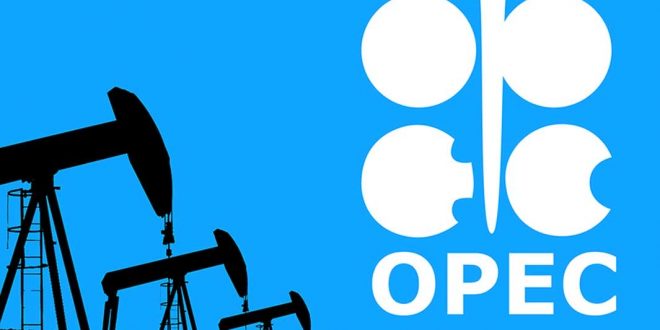OPEC+ countries are beginning to gradually increase oil production after nine months of tough restrictions. The rate of production increase will not exceed 0.5 mln barrels per day (bpd). By setting such a small rate, the oil exporters, which account for 40% of the global oil market, will be able to better control the volume of supply. In particular, oil producers will manage to halt the launch of new wells if the market situation worsens.
In January 2021, OPEC+ countries will increase oil production by 0.5 mln bpd instead of 1.9 mln bpd as it earlier planned. The allies opted for a smaller increase because oil demand is recovering slower than it was expected in spring. They still plan to bring back almost 2 mlb bpd to the market but now they expect to do this in 3-4 months of 2021.
History of the deal
A record high reduction of oil output by 9.7 mln bpd started in May 2020, following the worldwide lockdown due to the pandemic and the rupture of the OPEC+ agreement in March led to the oil demand collapse.
“If we had not agreed back then [in April] [about new oil production cuts], we would have had to stop production all together because there are not storages in the world to receive such volumes of produced oil amid a catastrophic decline in demand,” Russian Deputy Prime Minister Alexander Novak said at an oil industry conference recently.
The new agreement had an effect: already in June the price of Brent oil doubled in comparison with May, remained at $45 per barrel throughout summer and exceeded $50 per barrel by the end of 2020. Since August 2020, the oil production restrictions were eased to 7.7 mln bpd.
What’s next?
Starting from January the OPEC+ ministers are to meet on a monthly basis to set the level of production for the coming calendar month. This has never occurred in practice of OPEC+ before – traditionally the ministerial meetings were held twice a year in the beginning of winter and summer.
At a meeting on December 3, the allies agreed that the increase in production by 1.9 mln bpd would not be one-time as they planned in spring but gradual and will not exceed 0.5 bpd a month. At the coming meeting on January 4 the ministers are expected to discuss the levels of production for February.
There are several reasons behind the cautiousness of OPEC+. The demand for oil is recovering slower than expected due to the second wave of COVID-19. Besides that, Libya, which was freed from the obligations to cut output under OPEC+ deal, increased its production tenfold to 1.1 mln bpd in only several months. Iran, which enjoys the same privilege, threatens to bring back 2 mln bpd to the market, as soon as the US lifts sanctions banning the whole world from buying Iranian oil.
The current OPEC+ agreement is effective for two years – until April 2020. But it is already clear that it can be extended until the end of 2022, as Saudi Energy Minister Prince Abdulaziz Bin Salman recently said. According to Russian Deputy Prime Minister Alexander Novak, it may take two or three years before the oil market is back to its pre-crisis volumes.
 Iran Energy News Oil, Gas, Petrochemical and Energy Field Specialized Channel
Iran Energy News Oil, Gas, Petrochemical and Energy Field Specialized Channel




